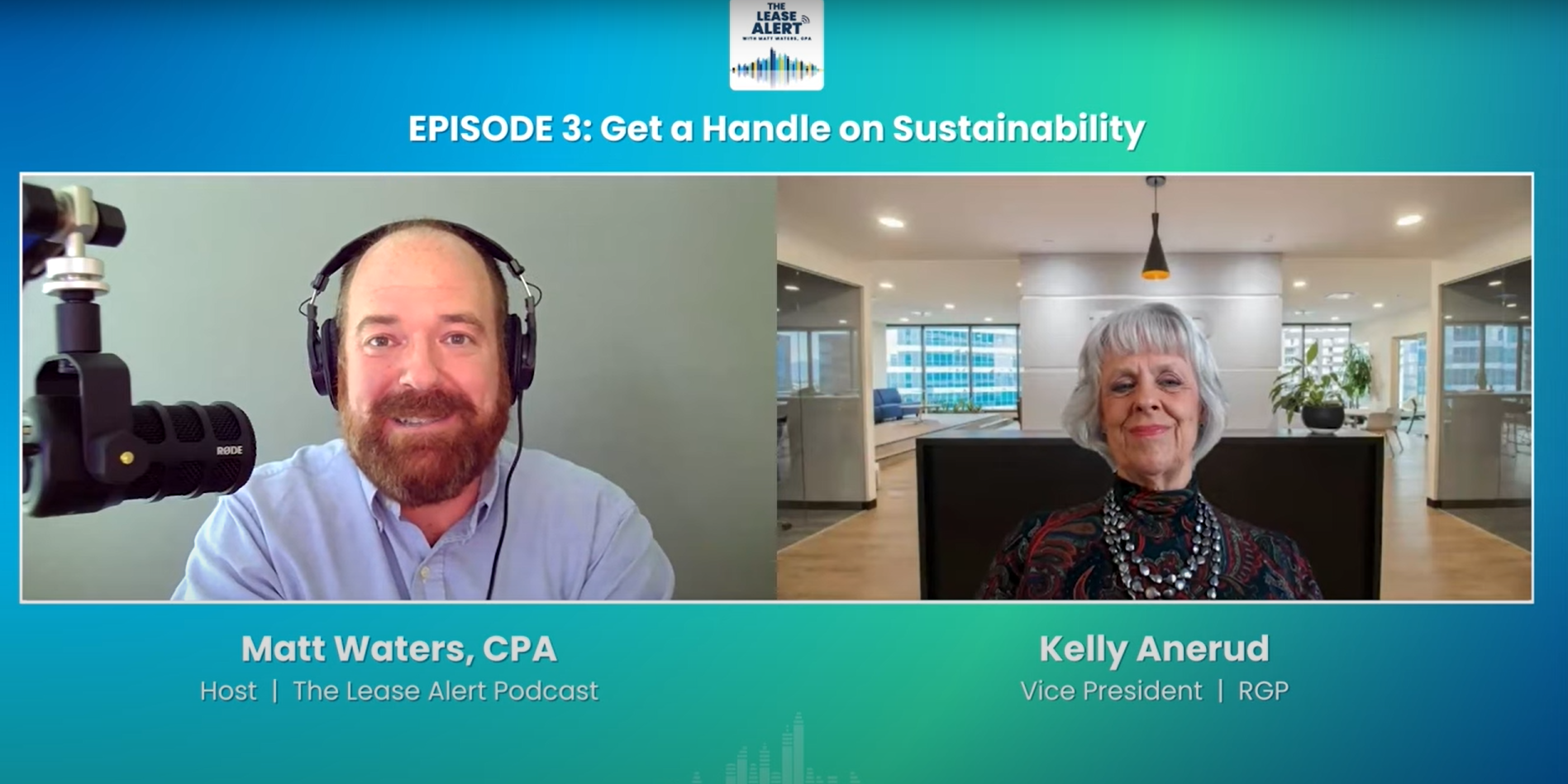Share this
by Matt Waters, CPA on August 3, 2020
Real estate teams discover portfolio opportunities with market data and analytics combined with lease information to make more informed strategic decisions. The ability to review accurate data on available and existing leased properties allows companies to analyze and improve their real estate costs.
What categories of data are needed to make an informed leasing decision?
- Current property occupancy and rental rates
- Company names of other tenants
- Market and sub-market conditions – space availability and rental rates
- Additional rent costs
- Demographic information
- Critical Date Management: Renewals, notices, lease expiration
- Tracking lease options: Right to expand or contract space, right to purchase, first right of first refusal, required remodel by a specific date.
- Unforeseen events: Lease rights when in default, surrender the premises, concessions stemming from an event like a pandemic, and Force Majeure clauses.
Transactions
When reviewing leases that are coming up for renewal or expiring, companies need to have access to comparable market rents for their current locations and other nearby properties. To negotiate the best lease terms, they need to know occupancy rate in their current locations and demographic details related to the surrounding area. CoStar Real Estate Manager combines critical data from CoStar Market Analytics, each customer’s properties and HR information. Clients can see the average rent prices for comparable premises by square footage, area demographics, available space, photos, and floor plans. They can also view information on spaces nearby that are being built, vacated or leased.
Critical Events
With CoStar data, companies can view a current tenant roster for their leased locations. This information could help support negotiations for critical events like COVID-19. By monitoring occupancy requirements and possible defaults related to co-tenancy, lease-required occupancy, tenant mix, and exclusive use, companies potentially could discover cost savings as defined in the lease. They also may be able to reduce year-end reconciliation costs based on lease negotiated occupancy requirements.
Share this
- Lease Accounting Software (89)
- ASC 842 (83)
- Accounting Teams (52)
- Lease Administration Software (26)
- Retail Tenants (16)
- Commercial Real Estate (14)
- Lease Management (12)
- Real Estate Teams (9)
- ESG (8)
- Market Data and Analytics (8)
- Success Stories (7)
- News and Media Coverage (5)
- Transaction Management Software (2)
- frs 102 (2)
- Customer Success (1)
- Office Tenants (1)
- June 2025 (4)
- May 2025 (2)
- April 2025 (2)
- March 2025 (6)
- February 2025 (3)
- January 2025 (4)
- December 2024 (1)
- October 2024 (4)
- September 2024 (2)
- August 2024 (5)
- July 2024 (3)
- June 2024 (3)
- May 2024 (4)
- April 2024 (1)
- February 2024 (1)
- December 2023 (4)
- November 2023 (6)
- October 2023 (4)
- September 2023 (2)
- August 2023 (2)
- July 2023 (3)
- May 2023 (2)
- March 2023 (1)
- February 2023 (3)
- January 2023 (1)
- December 2022 (3)
- November 2022 (4)
- October 2022 (4)
- September 2022 (1)
- August 2022 (4)
- June 2022 (1)
- May 2022 (4)
- April 2022 (8)
- March 2022 (3)
- February 2022 (1)
- January 2022 (2)
- November 2021 (2)
- October 2021 (2)
- September 2021 (3)
- August 2021 (15)
- July 2021 (3)
- June 2021 (1)
- May 2021 (1)
- April 2021 (3)
- March 2021 (1)
- January 2021 (1)
- December 2020 (3)
- November 2020 (1)
- October 2020 (2)
- September 2020 (2)
- August 2020 (3)
- July 2020 (2)
- June 2020 (3)
- May 2020 (1)
- April 2020 (1)
- March 2020 (1)
- February 2020 (1)
- December 2019 (1)
- October 2019 (1)
- September 2019 (2)
- August 2019 (3)
- July 2019 (2)
- April 2019 (69)
- October 2018 (1)
- August 2018 (1)
- July 2018 (1)
- June 2018 (1)
- May 2018 (1)
- April 2018 (2)
- March 2018 (3)
- February 2018 (2)
- December 2017 (1)
- August 2017 (3)
- June 2017 (2)
- May 2017 (2)
- April 2017 (1)
- March 2017 (2)
- January 2017 (2)
- November 2016 (2)
- July 2016 (1)
- June 2016 (1)
- July 2015 (1)
- March 2015 (1)
- June 2014 (1)
- April 2014 (11)
- October 2011 (1)
You May Also Like
These Related Stories

Fair Market Value (FMV) Analysis

How Lease Accountants Can Get a Handle on Sustainability



